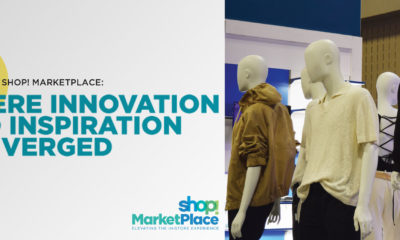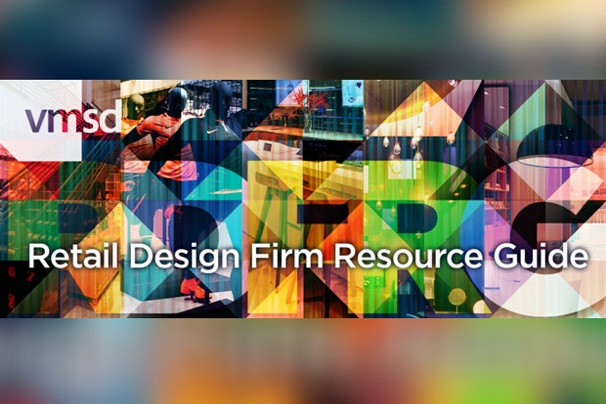Store designers have spent the better part of the last decade creating shopping environments that are quicker and more efficient.
Clear sightlines. Wider aisles. Open sell. Large, informative graphics. All intended to speed the hurried shopper through the experience.
At the same time, a technological revolution had been promising to make the shopping environment more interactive and more fun.
Touchscreens, monitors, keypads, plasma screens and other whiz-bang electronics were going to let shoppers check availability of merchandise, listen to music, test fragrances, read product information, scan prices, visit the retailer's web site, find their way around the store or just be entertained.
But in-store interactives have simply not made the anticipated impact. The technology is too expensive; or the things don't work; or the shopper isn't attracted to buttons, screens and keyboards – especially if the process is cumbersome and slow and the information not worth it. Didn't we just say she was in a hurry?
Advertisement
So, no technological revolution for retailers? Not exactly.
Technology seems to be having its greatest impact off the selling floor, behind the scenes.
We have technology that allows retailers to study shoppers'behavior and traffic patterns in the store; accumulates information about regular customers – what they buy, when, how much, broken down by geography or demography; allows retailers to hold online focus groups, testing customer reactions to products, stores and promotional campaigns. There's even software that helps retailers find and evaluate prospective store locations.
In other words, the real technical revolution seems to be less about retailers giving information to their shoppers and more to do with getting information about their shoppers.
How does this impact the world of store design? Take the new technology being tested by Brooks Brothers (see page 20, VM+SD July, 2002) that computes and stores men's complete measurements right on the selling floor and produces custom-made suits in less than half the normal time. This will provide all kinds of opportunities for the retailer, and all kinds of challenges for the retailer's store planners.
Where do you put the “kiosk”? How do you draw attention to it? How do you coordinate it with merchandising campaigns?
Advertisement
How many might you need in a typical store? How do you present in-store merchandise to support the service? (Fabrics, samples, accessories.) What if the thing catches on and Brooks has to keep less merchandise on the racks? What's the optimal number of SKUs for providing choice without cluttering up the space?
Will the store itself ultimately become an entirely different environment serving an entirely new purpose? And how will that shift the traditional roles of planning, design and visual?
Okay, let's not get ahead of ourselves (like we did a couple of years ago, when the Internet was threatening “retailing as we know it”). Much of these fireworks are still in the experimental stage. Some will never see the light of day; and some will unfold in ways we couldn't possibly anticipate. You likely won't have to be familiar with this stuff by tomorrow.
But by the day after tomorrow? You had better get up to speed.

 Headlines7 days ago
Headlines7 days ago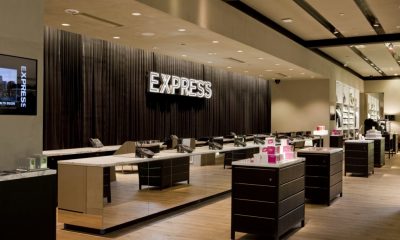
 Headlines1 week ago
Headlines1 week ago
 Headlines1 week ago
Headlines1 week ago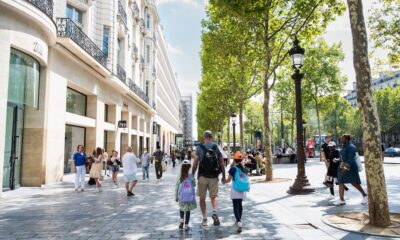
 Headlines2 weeks ago
Headlines2 weeks ago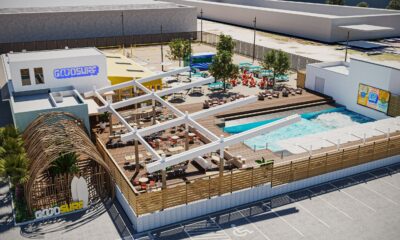
 Headlines2 weeks ago
Headlines2 weeks ago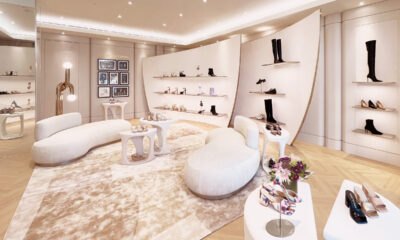
 Specialty Non-Apparel6 days ago
Specialty Non-Apparel6 days ago
 Headlines6 days ago
Headlines6 days ago
 Specialty Non-Apparel2 days ago
Specialty Non-Apparel2 days ago
